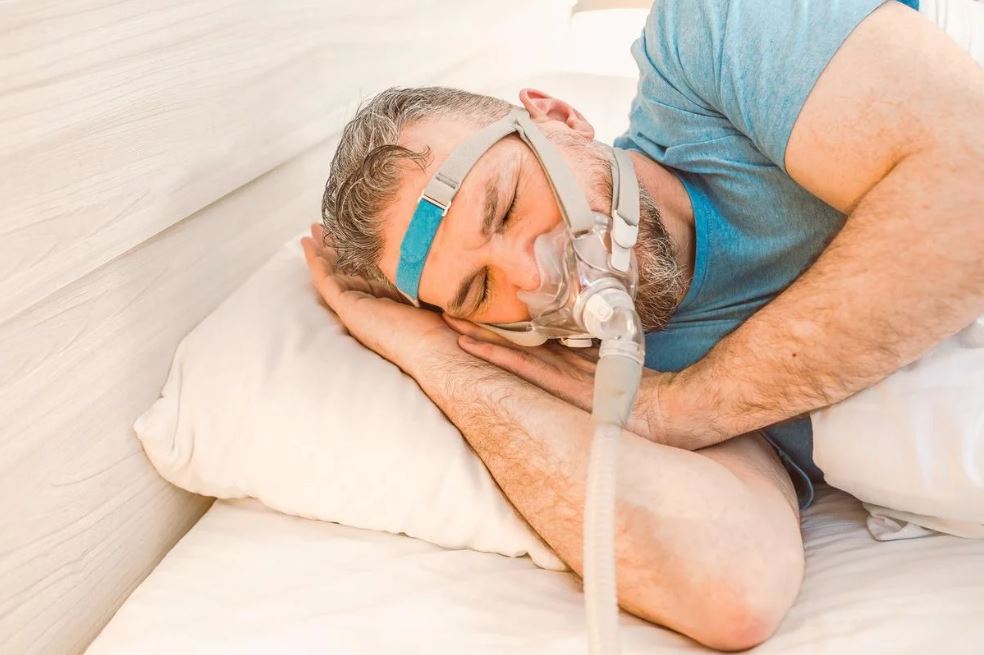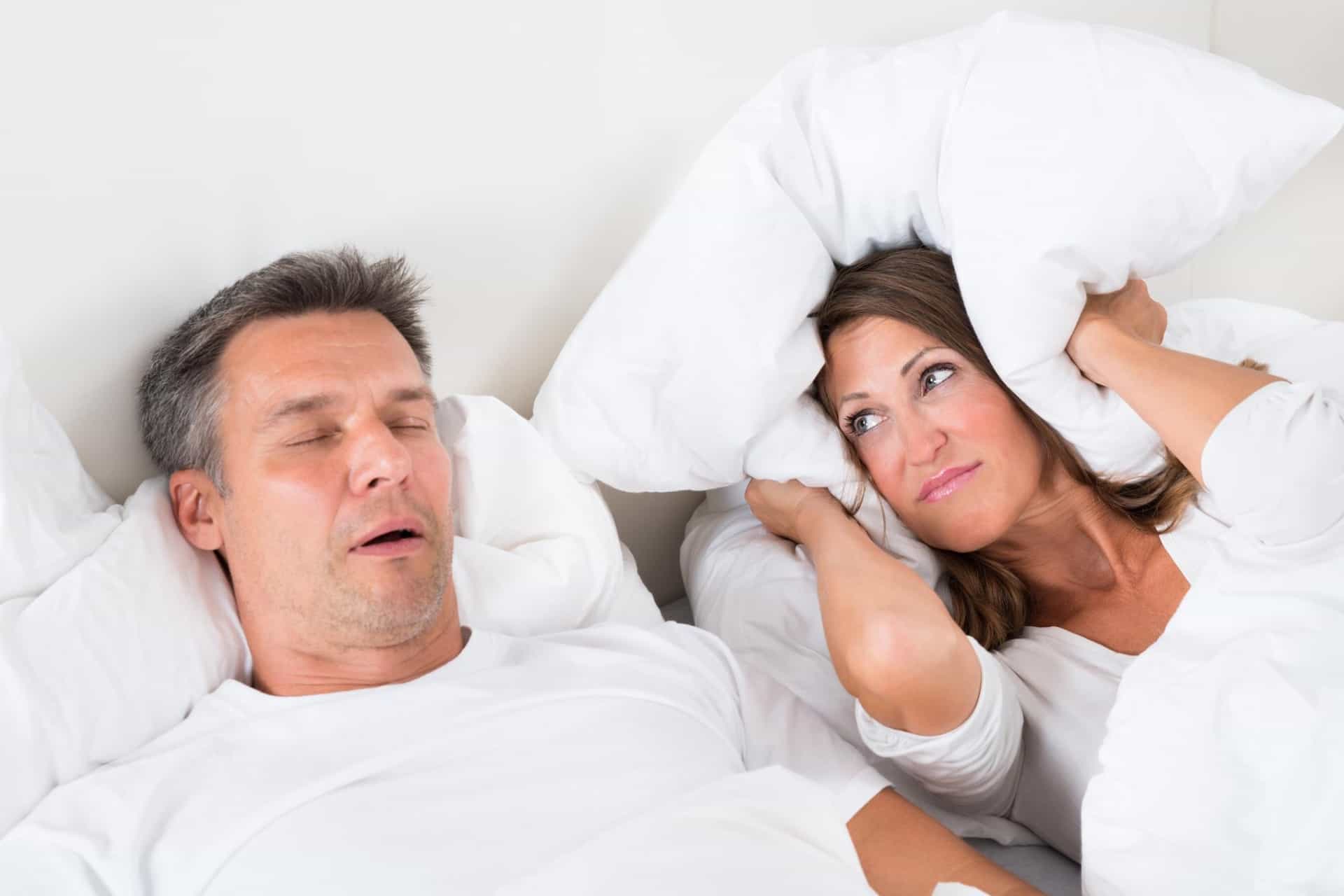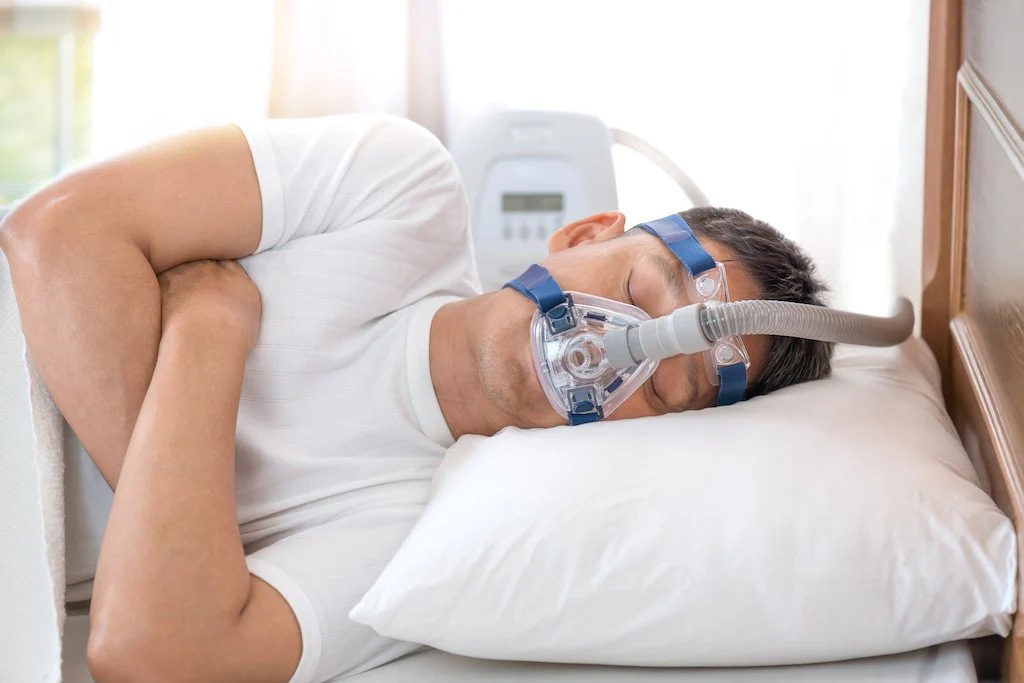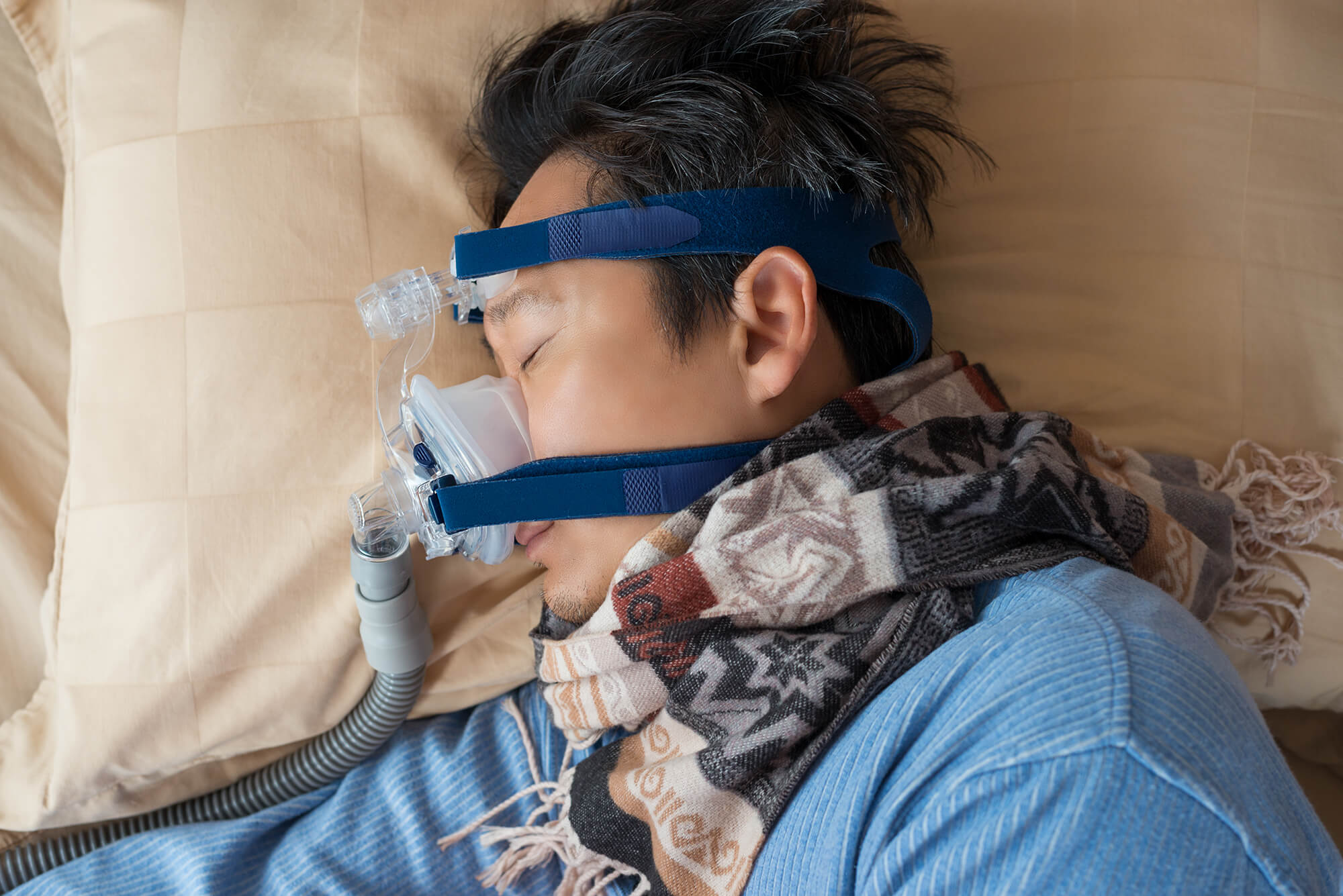A problem known as central sleep apnea causes you to repeatedly cease breathing for brief periods while you are sleeping. As you sleep, you can experience a number of episodes of apnea during the course of the night. The irregularity in your breathing might be an indication that there is an issue with the signals in your brain. Your muscles temporarily “forget” to breathe because your brain “forgets” to instruct them to.
The condition known as central sleep apnea should not be confused with obstructive sleep apnea. The pauses in breathing that occur with obstructive sleep apnea are caused by the obstruction of the airways.
Those who suffer from central sleep apnea do not experience any obstructions in their airways. The link between your brain and the muscles that govern your breathing is broken, and this is the source of the problem.
In comparison to obstructive sleep apnea, the incidence of central sleep apnea is substantially lower. Central sleep apnea is responsible for around 20 percent of all instances of sleep apnea.

What are the Causes Behind Central Sleep Apnea?
The majority of cases of central sleep apnea are brought on by underlying health issues. Your brainstem does not provide the appropriate signals to your breathing muscles while you are experiencing an episode of central sleep apnea. Considering Laser Eye Surgery for vision correction? Get the facts and find out more by clicking here.
The portion of your brain that is responsible for connecting your head to the rest of your body is called the brainstem. Central sleep apnea can be caused by a number of different medical problems, including ones that affect your brainstem, spinal cord, or heart.
The following are some examples of these conditions:
- stroke
- coronary artery disease
- congestive heart failure
- encephalitis
- Parkinson’s disease, which is a degenerative disorder that impairs movement, balance, and muscular control
- a pattern of shallow breathing known as Cheyne-Stokes breathing
- surgery or radiation treatments in the spine
- encephalitis (inflammation of the brain)
Drug-induced apnea is a subtype of central sleep apnea that can be triggered by the use of certain drugs. Opioid medicines are effective painkillers; however, they might cause abnormal breathing patterns due to their side effects. As a result of this erratic rhythm, you can find that you briefly cease breathing in some instances.
Morphine and codeine are two examples of substances that can have a role in the development of central sleep apnea.
Oxycodone: You are said to have idiopathic central sleep apnea if your physician is unable to determine the reason why you suffer from central sleep apnea.
What signs and symptoms are associated with central sleep apnea?
The most frequent sign of central sleep apnea is interrupted breathing for brief intervals while the individual is sleeping. Instead of completely halting their breath, several individuals only take extremely short, shallow breaths. You can wake up feeling like you have trouble breathing.
Insomnia can result from a shortage of oxygen in the body, which can cause you to wake up many times over the course of the night.
Other symptoms connected with central sleep apnea manifest themselves during the day as a consequence of having sleep disruptions during the previous night. You could wake up with a headache, feel extremely drowsy during the day, have difficulties concentrating or focusing on chores, or have trouble concentrating when you try to do anything else.
Central sleep apnea can be characterised by other symptoms, such as changes in voice, trouble swallowing, widespread weakness, and changes in speech patterns. These extra symptoms might be caused by Parkinson’s disease or other neurological diseases.

How is a diagnosis of central sleep apnea made?
In order to determine whether or not you have central sleep apnea, your primary care physician will have you undergo a sleep study known as a polysomnography. You will be required to spend the night at a specialised sleep centre in order to complete the examination.
You will have electrodes placed on your head and body in order to do a polysomnography. These electrodes will be used to assess your oxygen levels, brain activity, breathing pattern, heart rate, and lung function.
Your primary care physician, a neurologist, and even a cardiologist will keep an eye on you during the night and go over the findings of your polysomnography. The findings may be able to assist in identifying the primary reason for your apnea.
An MRI scan of the head or spine can also be used to identify central sleep apnea. The magnetic resonance imaging (MRI) technique creates pictures of your organs by using radio waves. It is possible that anatomical abnormalities in your brainstem or spine are causing your central sleep apnea and that the test will identify these abnormalities.
Treatments Available for Central Sleep Apnea Condition?
The first step in treating central sleep apnea is to treat any underlying medical issues that may be contributing to the disease. Medications can assist in the management of a variety of heart and nervous system diseases, including congestive heart failure and Parkinson’s disease.
If the use of opioid prescriptions is causing you to stop breathing while you are sleeping, you may need to discontinue the use of these drugs. To further activate your breathing mechanism, your doctor may additionally prescribe drugs for you to take, such as acetazolamide.
Treatments for central sleep apnea that are successful for many patients include the administration of supplemental oxygen and the management of air pressure while the patient is sleeping.
Continuous Positive Air Pressure (CPAP)
While you sleep, CPAP maintains a constant pressure in your airways to treat sleep apnea. The compressed air is delivered to your nose and mouth through a mask that you wear over your head while you sleep. People who suffer from central sleep apnea may also find relief from their condition by using continuous positive airway pressure, or CPAP.
Bi-level Positive Air Pressure (BPAP)
A face mask is also utilised in BPAP therapy. During this therapy, the air pressure is adjusted so that it is higher than normal when you inhale and lower than normal when you exhale.
Servo-adaptive ventilation system (ASV)
During the night, your breathing will be monitored by ASV. Your unique breathing pattern will be “remembered” by the automated system. In order to prevent instances of apnea, the breathing rhythm is regulated by a pressured system.
In Conclusion,
The majority of individuals diagnosed with idiopathic central sleep apnea react favourably to therapy. The specific root cause of central sleep apnea can have a significant impact on how effective therapy for the illness will be overall.
Contact sleep specialist at Air Liquide Healthcare today to get a proper examination of your sleep condition.




